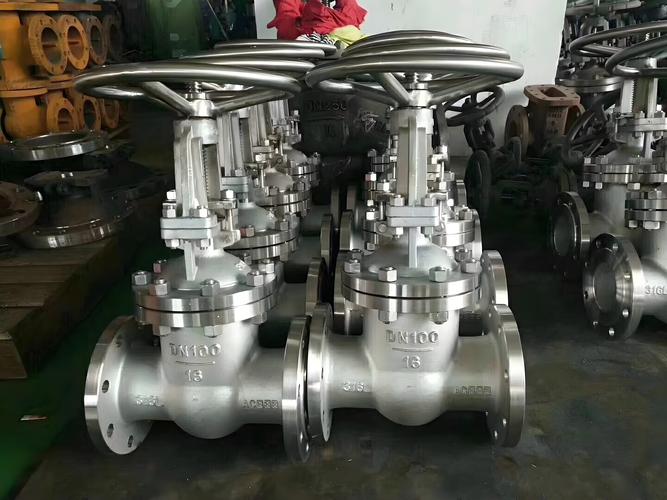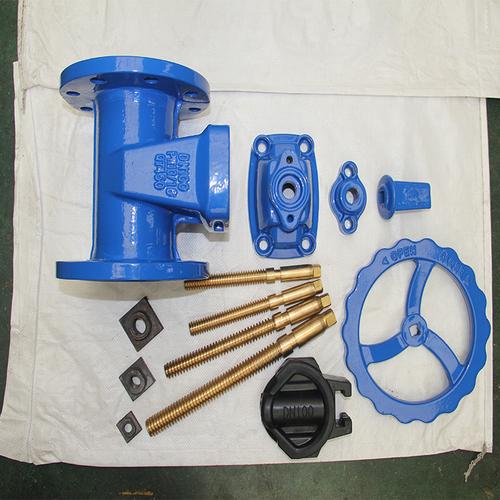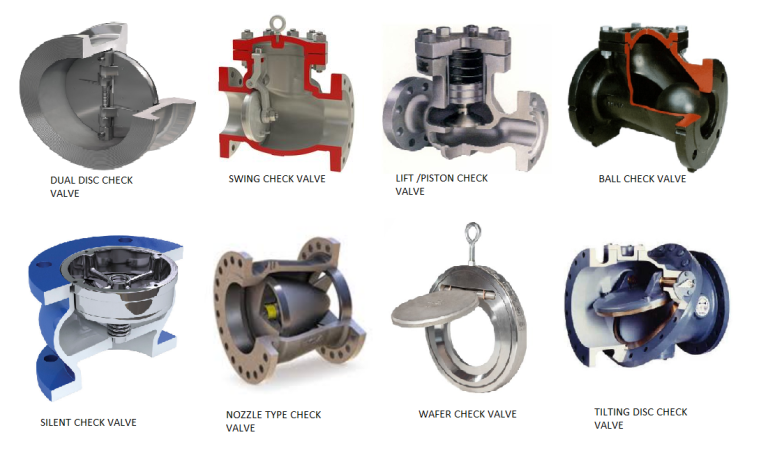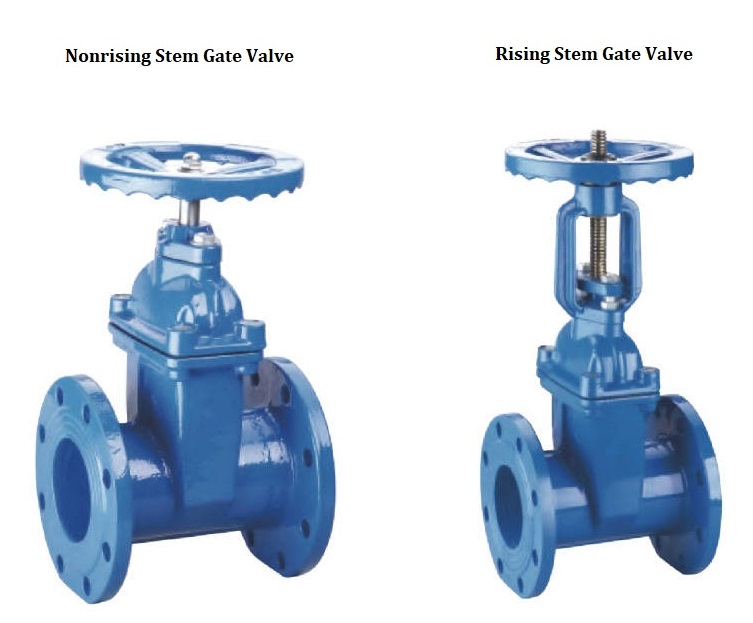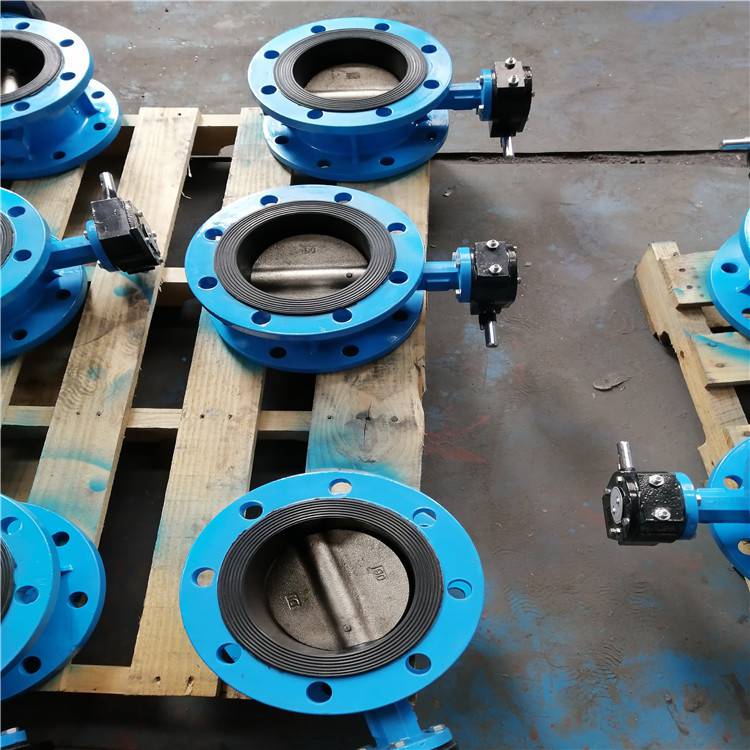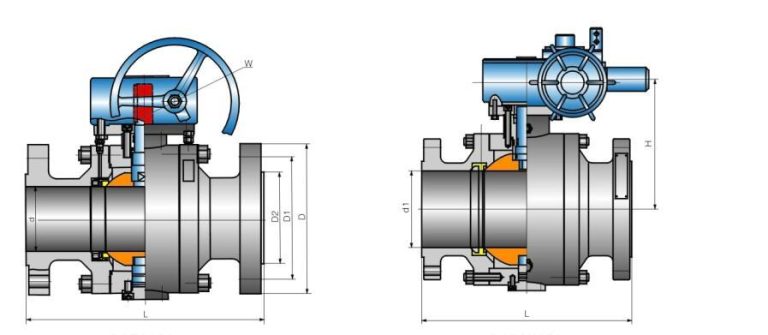Safety Guide to Oxygen Valve Application and Installation
Oxygen valves are key components for controlling the flow of oxygen. Their application and installation are extremely important and must strictly comply with safety regulations, because oxygen is highly oxidizing and can easily cause fires or explosions under high pressure or when in contact with grease or combustible substances.

I. Main Applications of the Oxygen Valve.
Oxygen valves are widely used in scenarios where oxygen flow needs to be controlled, regulated, or cut off, mainly including:
Medical Field:
- Hospital central oxygen supply systems: Installed at terminals such as wards, operating rooms, and ICUs for patients to inhale oxygen or connect to ventilators.
- Oxygen cylinders/oxygen manifolds: Installed at the outlet of oxygen cylinders or on manifolds for opening/closing cylinder valves, reducing pressure, and adjusting output pressure/flow.
- Oxygen generator outlets: Controlling the oxygen output from oxygen generators.
- Ventilators and anesthetic machines: Internal precision valves accurately control the flow and concentration of oxygen supplied to patients.
- Hyperbaric oxygen chambers: Controlling the pressurization, pressure stabilization, and depressurization of oxygen in the chamber.
Industrial Field:
- Metal cutting and welding: Controlling the oxygen flow and pressure supplied to cutting torches or welding torches (often used in conjunction with fuel gases such as acetylene and propane).
- Iron and steel metallurgy: Oxygen transportation and control in processes such as blast furnace oxygen-enriched blast and converter steelmaking oxygen blowing.
- Chemical production: Used as reactants or oxidants in processes such as oxidation reactions and wastewater treatment.
- Glass manufacturing: For oxygen-enriched combustion in glass furnaces.
- Water treatment: Control of oxygen sources for ozone generators.
- Papermaking and textile bleaching: Controlling oxygen supply in bleaching processes.
- Aerospace: Life support systems, rocket propellant supply systems, etc.
- Diving: Filling and control of mixed gas diving cylinders.
Laboratories:
- Controlling oxygen supply in various experimental equipment (such as combustion experiments, oxidation reaction experiments).
- Cylinder pressure reducers are used to adjust the oxygen pressure required for experiments.
Others:
- Aquarium oxygenation.
- Emergency oxygen supply in certain specific occasions.
II. Installation of Oxygen Valves (Extremely Important Safety Operation).
Core principles: Oil-free, clean, sealed, professional, and compliant with regulations. ⚠️
Preparation Work-Top Priority:
- Strictly oil-free: This is the lifeline! All components in contact with oxygen (valve body, pipes, joints, gaskets, tools), as well as operators’ gloves and work clothes, must be absolutely free of oil and grease. Oxygen in contact with grease can cause violent combustion or even explosion. Use special tools (marked “for oxygen use” or thoroughly degreased and cleaned). Keep the installation area clean and free of oil stains.
- Material compatibility: The valve body, valve stem, valve seat, seals, and gaskets must be made of oxygen-compatible materials. Common materials include brass, bronze, stainless steel (such as 304, 316), Monel alloy, and nickel-based alloys. Sealing materials are usually polytetrafluoroethylene, flexible graphite, or specific metal seals. Never use ordinary rubber, oil-containing graphite, or any combustible materials.
- Cleanliness: All components must be thoroughly degreased and cleaned before installation. Use special oxygen system cleaning agents (such as trichloroethylene substitutes, special solvents) and dry with clean, dry nitrogen or oil-free air. Ensure that the inner walls of pipes, threads, etc., are free of any particles, fibers, grease, or moisture residues. After cleaning, install immediately or block the openings.
- Check the valve: Confirm that the valve model, pressure rating, and diameter meet the design requirements. Check for damage to the valve and whether it opens and closes flexibly (for manual valves).
- Familiarity with specifications: Strictly abide by relevant national, industry, and equipment manufacturer’s safety specifications, standards, and operating procedures (such as medical gas system specifications, industrial gas pipeline construction specifications, etc.).
Installation Process:
- Pipe treatment: After pipe cutting, burrs must be removed, and the pipe must be cleaned and degreased (in accordance with the same cleaning requirements as the valve).
- Threaded connection:
- Use oxygen-specific sealants (such as polytetrafluoroethylene tape, wrapped only on the male thread, never entering the inside of the pipe) or metal sealing gaskets (such as cone/cone seals). Never use sealants or hemp containing grease or organic substances.
- Apply moderate force when tightening to avoid thread damage or seal failure due to over-tightening.
- Flange connection:
- Use oxygen-specific metal wound gaskets (the inner ring material must be compatible with oxygen) or polytetrafluoroethylene-coated gaskets. Ensure the gasket size is appropriate and placed centrally.
- Tighten the flange bolts gradually and evenly in a diagonal order to the specified torque value.
- Welding connection:
- Usually used in stainless steel pipe systems. Welding must be performed by qualified welders using inert gas shielded welding such as argon arc welding.
- Before welding, ensure that the pipe and valve bevel areas are absolutely clean and oil-free.
- Use high-purity argon for back protection during welding to prevent oxidation of the inner wall of the weld.
- After welding, non-destructive testing (such as X-ray flaw detection) and thorough cleaning (removal of welding slag, oxide scale, etc.) are required.
- Valve body direction: Pay attention to the medium flow direction arrow marked on the valve to ensure correct installation direction (especially for globe valves, check valves, and safety valves).
- Operating space: Ensure that there is sufficient operating space for the valve handwheel or actuator to facilitate opening/closing and maintenance.
- Support: Large or heavy valves and pipe ends should be properly supported to avoid stress on the valve body.
Post-Installation Inspection and Testing:
- Visual inspection: Confirm that all connections are tight, gaskets are installed correctly, and there are no visible defects.
- Leakage test: This is a key step!
- Use oil-free, dry inert gas (such as nitrogen) to pressure test the system. The test pressure is usually 1.15-1.5 times the design pressure (according to relevant specifications).
- Apply oil-free soapy water to all connections (threads, flanges, valve stem seals, welds) and carefully check for bubbles. Never use an open flame for leak detection!
- Maintain pressure for a sufficient time (as required by specifications, usually not less than 30 minutes) and observe whether the pressure gauge drops significantly.
- For medical systems, testing requirements are usually more stringent and may include particle testing, etc.
- Functional test: Operate the valve several times to confirm that it opens and closes smoothly and in place, and that the regulating valve can stably adjust flow/pressure.
- Purging: After passing the test, before formally supplying oxygen, thoroughly purge the system with clean, dry oxygen (or high-purity nitrogen) at working pressure to remove any possible residues.
First Commissioning and Daily Operation:
- Open slowly: When supplying oxygen for the first time or opening the valve, especially in high-pressure systems, operate extremely slowly (e.g., first open slightly to allow a small amount of oxygen to fill and stabilize before gradually opening wider) to avoid accidents caused by high temperatures from adiabatic compression (frictional heat or compression heat generated by excessively fast oxygen flow).
- Prohibit rapid opening and closing: Operate the valve smoothly, avoiding rapid opening and closing.
- Regular maintenance: In accordance with the manufacturer’s recommendations and maintenance plans, regularly check the valve’s sealing performance and operational flexibility, and perform maintenance or replacement when necessary.
III. Summary
The installation of oxygen valves is by no means the same as the installation of ordinary pipeline valves. Its core lies in:
★ Absolute oil-free: The highest principle throughout.
★ Extreme cleanliness: All components and systems must be thoroughly degreased and cleaned.
★ Material compatibility: Only use certified oxygen-compatible materials.
★ Professional operation: Must be carried out by qualified personnel who have received special training and understand the hazards of oxygen.
★ Strict compliance: Follow all applicable safety specifications and standards.
★ Cautious commissioning: The first oxygen supply must be extremely slow.
Any negligence may lead to catastrophic consequences. If you have not received professional training in oxygen system installation, be sure to entrust qualified professional companies or personnel for installation and maintenance. Safety is always the top priority!

